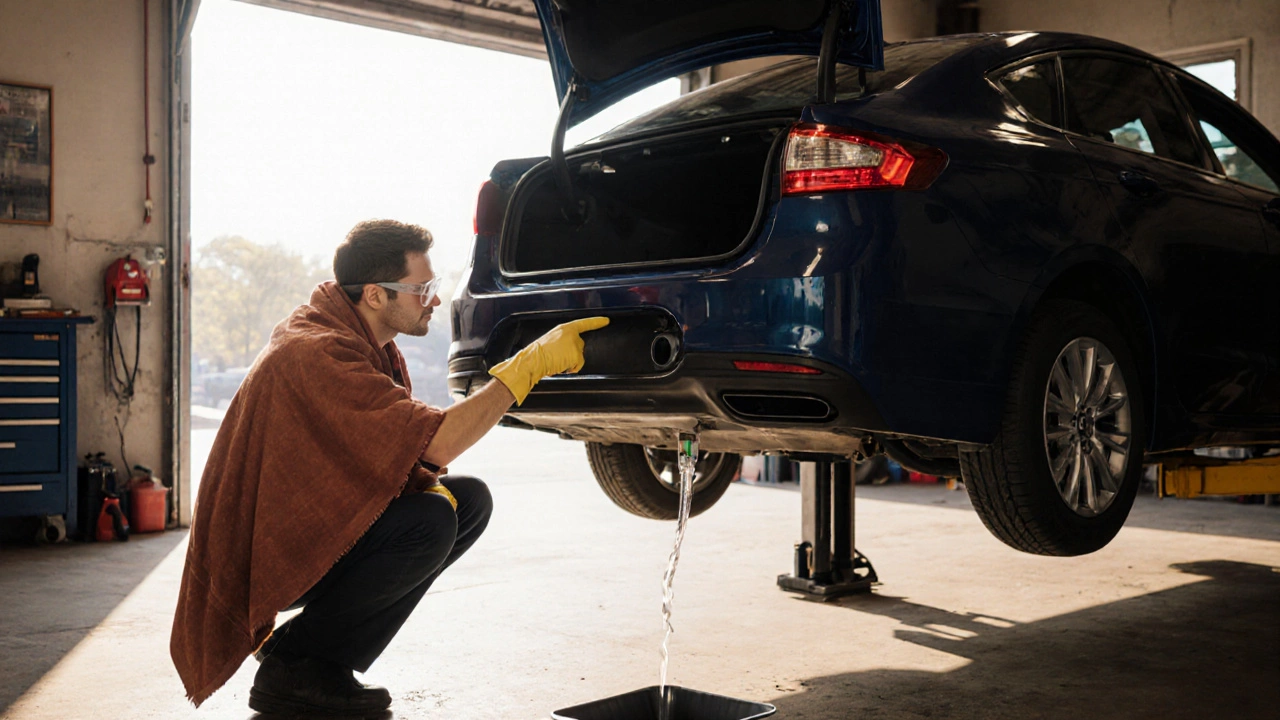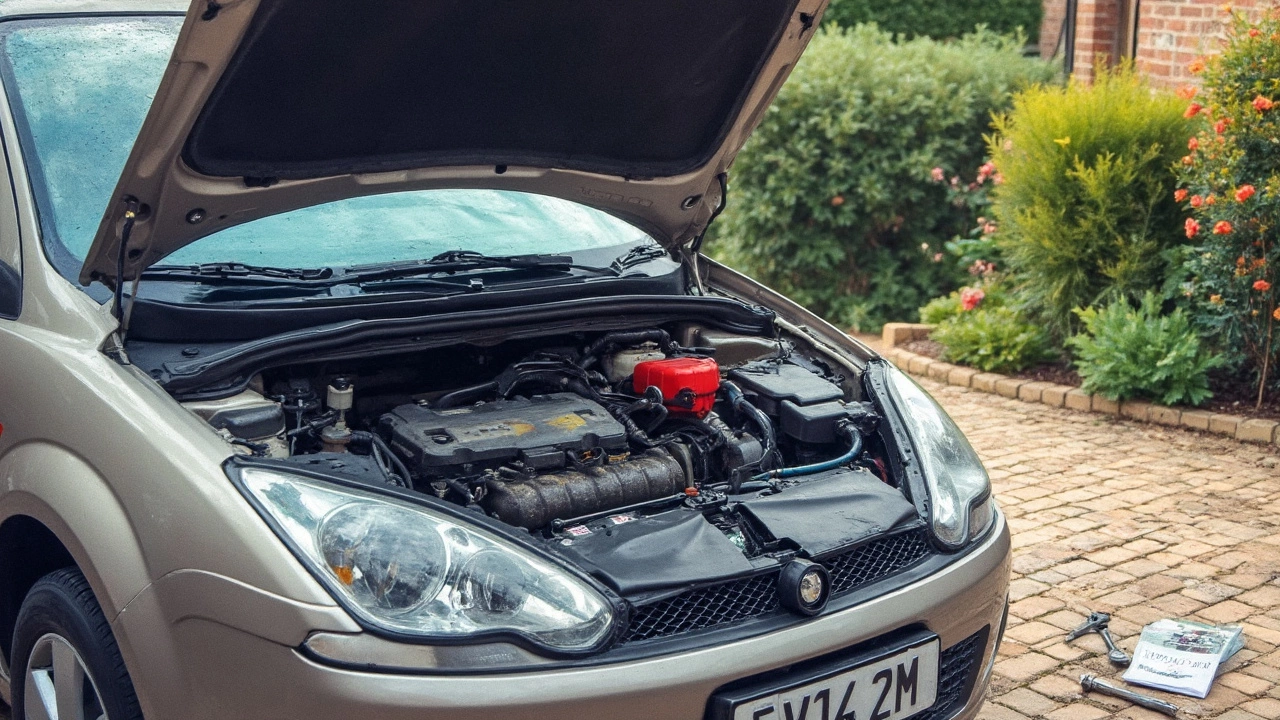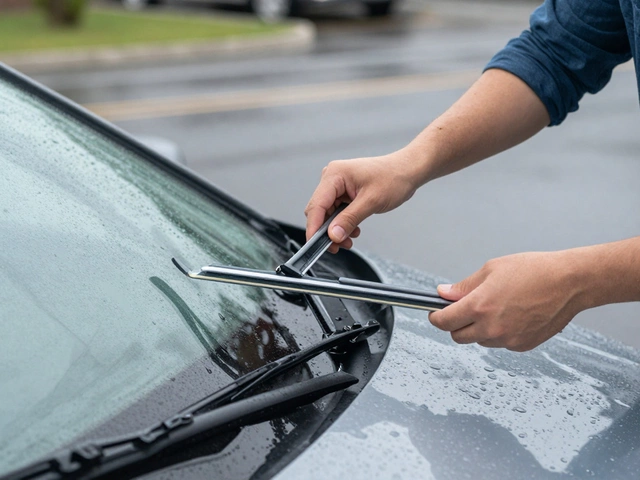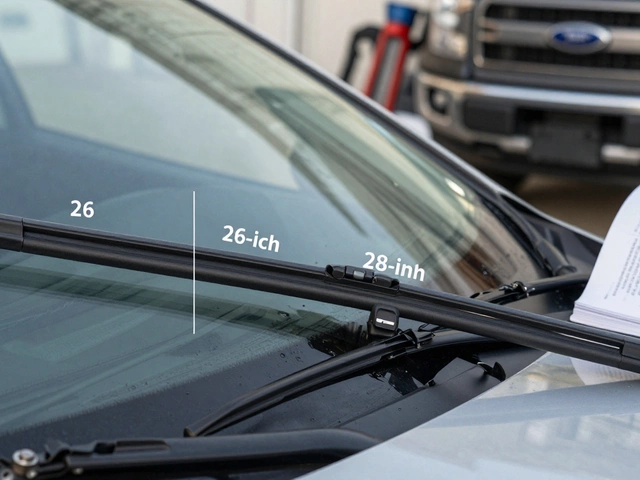Fuel Pump Replacement: Signs, Costs, and What to Do Next
When your car won’t start—or sputters out on the road—it might not be the battery, spark plugs, or even the fuel filter. It could be the fuel pump, a critical component that delivers gasoline from the tank to the engine under pressure. Also known as a fuel delivery pump, it’s one of those parts you never think about until it stops working. Without it, your engine gets no fuel, no matter how much is in the tank.
A failing fuel pump doesn’t always scream for help. Sometimes it just whispers: a slow crank when you turn the key, a sudden loss of power on the highway, or the engine dying at a stoplight. These aren’t random glitches—they’re classic fuel pump symptoms. And if you ignore them, you risk stranding yourself or causing damage to other parts like the fuel injectors or even the engine itself. The fuel pump test isn’t complicated. You can check pressure with a gauge, listen for the hum when you turn the ignition, or use a multimeter to see if it’s getting power. But if you’re not sure, it’s better to get it checked than guess.
Replacing a fuel pump isn’t cheap, but it’s usually cheaper than towing your car three times or rebuilding a damaged engine. The cost depends on your car’s make, where the pump is located (some are inside the tank, which adds labor), and whether you go with OEM or aftermarket parts. Most UK drivers pay between £300 and £700 for the full job. If your car is older or has high mileage, it’s worth considering replacing the fuel filter and checking the fuel lines at the same time. You don’t want to fix the pump only to have a clogged line or dirty filter kill it again in six months.
Some people try temporary fixes—starting fluid, tapping the tank, or jiggling wires—but these are just bandaids. They might get you to the garage, but they won’t stop the pump from failing completely. And if your car throws a check engine light, don’t assume it’s something else. A bad fuel pump can trigger codes like P0190 or P0087, which point directly to fuel pressure issues. You need the right diagnosis before you spend money.
What you’ll find below are real, practical guides from drivers who’ve been there. From how to tell if your pump is dying before it leaves you stranded, to step-by-step tests you can do at home, to what happens when you delay the replacement—these posts cut through the noise. No theory. No fluff. Just what works.










